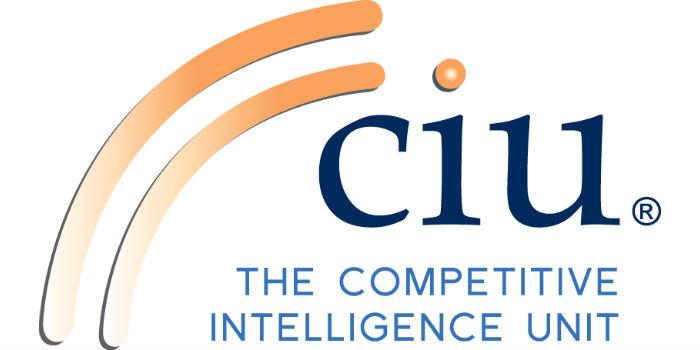 Mexico. Almost six years after the implementation of asymmetric regulation mechanisms in the telecommunications sector in Mexico, the road map to competition shows that we are not even halfway there, compared to what has been achieved in the main international references.
Mexico. Almost six years after the implementation of asymmetric regulation mechanisms in the telecommunications sector in Mexico, the road map to competition shows that we are not even halfway there, compared to what has been achieved in the main international references.
This is evidenced by the cases of the United Kingdom and the United States.
This compensatory policy seeks to correct the failures in these markets of high economies of scale that, historically, have resulted in high degrees of market concentration. They are leveling mechanisms of the competitive terrain between the different players.
These have been applicable to the main/dominant/incumbent operator in order to prevent the exercise of anti-competitive conduct and to reduce barriers to the entry and development of its competitors. Everything, with the aim of aligning incentives to offer services at lower prices, higher quality, greater availability and coverage for consumers.
More than three decades ago, after the creation of Oftel in 1984 (Office of Telecommunications, today Office of Communications - Ofcom), a British regulatory body, and the privatization of the state operator British Telecomm (BT), a phase of implementation of asymmetric regulation began that would result in the liberalization of the market and the introduction of competitive alternatives in the market.
BT was subject to measures such as the obligation to carry out interconnection agreements, the provision of local loop unbundling services to its direct competitor (Mercury), the control of wholesale and retail prices, as well as to prevent its expansion to adjacent businesses such as the provision of television and on-demand services, among others.
With the success of its regulatory practice, a decade later, Ofcom's role evolved from tightly regulating BT, to overseeing the competitive operation of the market. All in just 10 years.
Another case in a similar historical chronology was the disintegration of the Bell System (1984) and subsequent execution of asymmetric regulation measures. Through this process, AT&T's control of several companies throughout the United States and Canada was ended, to move to a scheme of companies independent of each other, as a format of effective competition.
With the dissolution of the private monopoly, the creation of the 'Baby Bells' and the regulation of tariffs within a period of approximately 12 years, a new regulatory framework and an already long phase of competition were given firm step.
In our country, almost six years later, asymmetric regulation has not made sufficient progress. The doubt oscillates between the full implementation of the measures provided for and the need to strengthen them.
The quantitative evidence results in a frank inefficiency, where the competitive structure worse than invariable, shows even in the past two and a half years a marked reconcentration of the market in favor of the preponderant América Móvil, which in the mobile segment reaches 72% of revenues.
The process of reviewing the effectiveness of preponderance measures must be given all priority, avoiding delays in their application, strengthening and improvement, in order to abandon the scenario of perpetuity of asymmetric regulation that is seen today in Mexican telecommunications.
The implementation of competition accelerator mechanisms should not be a perennial process.
The cases of the United Kingdom and the United States show this. These markets went from a phase of asymmetric regulation to one of supervision of competitive dynamics, within a period of between 10 and 12 years.
Text written by Ernesto Piedras of The Competitive Intelligence Unit, CIU.

























Leave your comment